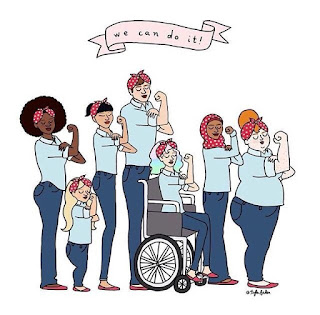I have been extremely lucky when it comes to the company I’ve had over the years. Any new stage of life I get to, I always initially make friends with people who are wildly incompatible with me. Its objectively hilarious how scared I used to be about approaching the people who actually stand out to me in a room, and stand out for the right reasons. Eventually though, I can say I’ve ended up with the right people. We all have different sets of friends, and we talk about different kinds of things with all of them. With some, we’re just constantly making jokes about each other, with others we talk about really deep and meaningful stuff, while with others it’s a little bit of everything.
I was with the “little bit of everything” group not too long back. One of my friends in that group, said something profound and stirring. He said that the (written or spoken) art isn’t just about love and heartbreak and pain, and I think he’s right. What is the written art supposed to be like, after all? If art is meant to be a reflection, a representation of life, it must depict more than what mainstream art reflects. But then again, being mainstream in itself has a host of dynamics associated with it, which are too complex to get into in a short post such as this.
However, I do want to talk about something more than just love and heartbreak and pain. I want to talk about the human condition. We’re flooded with write-ups and articles and movies and poetry and songs about how we’re all flawed, how everyone has their fears, anxieties, secrets, desires, insecurities and emotional drives, and a lot more about human shortcomings. Much of the art of this kind is truly beautiful, refreshing, and most importantly, human. Some of it isn’t.
I look at social media sometimes and feel a complete lack of stigma around mental health. You know why I’m not happy about that? Because we’ve replaced the stigma with a romanticisation of mental illness. Its embodied by all the memes we share, all the videos we like and all the lines we throw around in casual conversation, sometimes followed by, “We shouldn’t joke about that.”
Mental illness is not cool, it’s not edgy, and mental illness and the pain caused by it is certainly not an “aesthetic”. We feel that by breaking the stigma and talking about it we’re actually creating more awareness, but to do that one first needs to learn the fact from fiction, or as is many times the case, the fact from misinformed/under-informed opinion. There’s a reason why textbooks aren’t written in meme format. What’s factual, is usually also boring.
It began with people attempting to include those suffering from mental health issues into mainstream social media, by creating content that they relate to, and inducing humour from it. Today, that has translated into a culture of us sharing stuff that to a mental health professional would be a red flag, and feeling that just because we’re all sharing it, its okay. However, when you trivialize suffering through humour, no matter how much of a well-intention there might be, you’re not addressing the problem. Humour is still a form of distraction. In Hannah Gadsby’s words, humour is the honey that sweetens the bitter pill, but you still have to take the bitter pill.
I’m not against Tumblr – greatly responsible for creating and promoting meme communities. While I don’t oppose memes or any platform or individual using them – I use memes almost every single day – I do oppose certain ways of using memes. I know better now.
According to that friend of mine, as someone who can create what loosely resembles art, and as someone with the means of sharing it with other people, I have the responsibility to create art that is meaningful, relevant, and truthful. If I didn’t exercise that responsibility, I would just be existing, and not adding anything meaningful.
This is me attempting to add something meaningful.
- Jai Vyas



